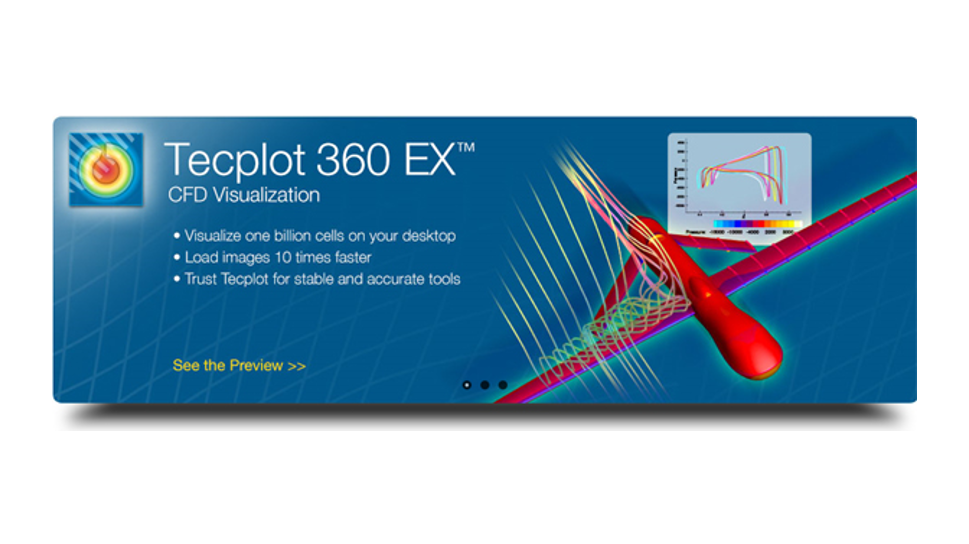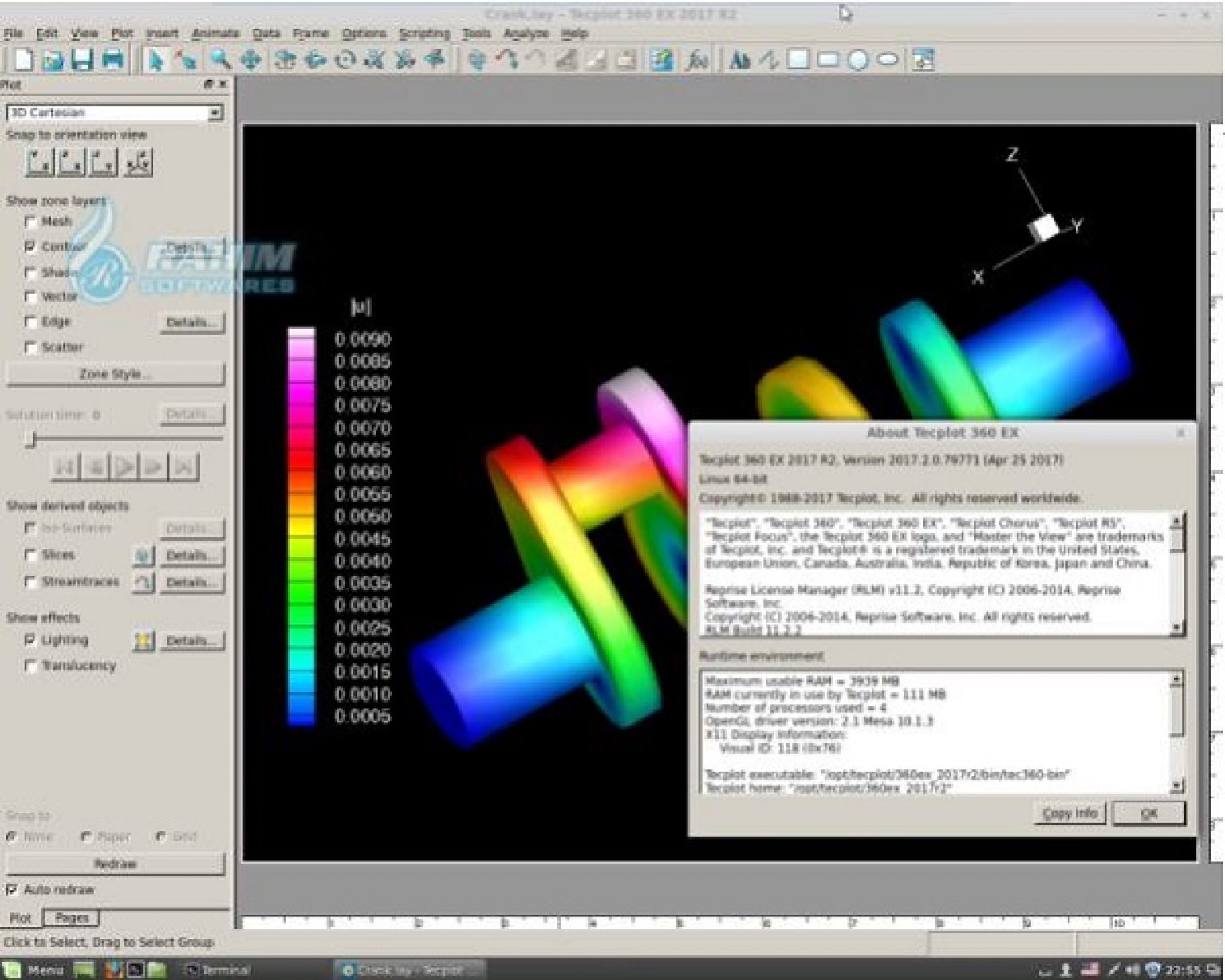


The CCM plugin reads data from the STAR-CD CFD code.Ĭosmos++ is a "massively parallel, multi-dimensional, fully covariant, modern object-oriented (C++) magnetohydrodynamics code written to support structured and unstructured adaptively refined meshes, and for both Newtonian and general relativistic astrophysical applications."ĬTRL files are the control files for TB-LMTO software, which uses the linear muffin-tin orbital (LMTO) method. Codes which use standard, common file formats are not listed in this section look in your code's documentation to determine the type of files it generates.ĪNSYS is a computer-aided engineering suite of tools.ĭiagnostic data for the National Ignition Facility (NIF). Nonetheless, these formats may use some lower level library such as HDF5, or they may use raw ASCII. That is, the code that writes these files is typically part of the application itself and is not a stand-alone product of its own. These are formats that were originally designed primarily for and are part of some specific application code.

1.10 Unknown Formats - Need More Informationĭetails of some of the commonly used file formats Application Code Formats.1.4 Specialized Scientific Data Formats.1 Details of some of the commonly used file formats.This pattern was only visible in PernixData FVP. We identified the problem and eliminated the problem, which eased up some of the burden on our storage.

In the process of using the product, we discovered some internal workflows that were creating an unnecessary burden on our storage. An interesting side-effect of running FVP in a production environment is how its analytics can help you understand your workload much better. Both aspects have had significant improvements. With PernixData FVP, we have improved build times, and reduced load on our backing storage arrays was our measurement of success. What tangible benefit have you received through the use of this technology? Just as the hypervisor is for a virtual machine, a VM being accelerated using PernixData FVP has no idea it is being accelerated. It is tightly coupled with the hypervisor to provide a highly available pool of cache that provides the safety needed when accelerating writes, and does not compromise on feature-sets in vSphere we are all familiar with. We tested out PernixData FVP because of its ability to support true write-back caching.


 0 kommentar(er)
0 kommentar(er)
